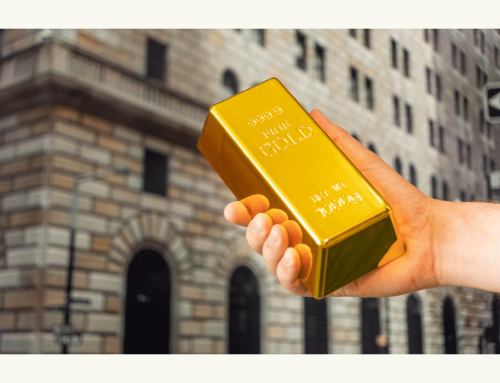When other strategies falter, physical gold stands firm as the final asset. More than a hedge, it anchors your wealth. Hold it when all else slips away, as it consistently preserves value over time.
Gold – the final asset: Resilient Amid Systemic Strain
Markets waver. Currencies falter. Governments overspend, overpromise, or overreach. Yet, gold endures—steadfast, resilient, and unwavering.
It skips income yields, shuns headlines, and ignores performance metrics. Instead, it delivers rare permanence. For centuries, gold has served as the ultimate reserve—not just for families and individuals, but for central banks and sovereign nations.
With U.S. national debt soaring past $36.5 trillion and interest payments rivaling military budgets, confidence in fiat currencies cracks. Central banks, attuned to long-term risks, act decisively, steadily amassing gold reserves.
What Makes Gold Unique
Unlike most assets, gold requires no trust in earnings, governments, or economic systems. Physical gold carries zero counterparty risk. It’s not a promise or an IOU—it’s a tangible, globally recognized store of value. Portable, durable, and borderless, it remains a financial constant across civilizations.
Though not a “growth asset,” gold’s track record speaks volumes. Over the past 20 years, it has delivered an average annual return of roughly 8.4%, often outpacing inflation and shining during market volatility. Yet, its true strength lies beyond numbers—it thrives when other assets crumble.
History Knows, It Doesn’t Guess
From Weimar Germany to modern Venezuela, history underscores a truth: when currencies collapse, gold prevails. In crisis after crisis, physical gold safeguards purchasing power and freedom. Today’s challenges, though larger in scale, echo the same lesson. In 2023, central banks stockpiled over 1,000 tonnes of gold. Nations like China, Turkey, and India shift away from dollar reliance. Their moves signal foresight—what are others missing?
Think Like a Steward
Imagine preserving something that never rusts, rots, or relies on another’s word—what would you choose? Physical gold resists decay, default, or dilution. Savvy investors view it as strategic insurance, not speculation. They buy it to hold, not to sell. True resilience lies not in what you sell under pressure, but in what you refuse to relinquish.
Ownership Matters
To maximize its value, hold gold correctly:
- Choose tangible gold, not paper: ETFs and digital proxies track prices but can’t deliver metal when trust fails.
- Opt for allocated, titled gold: Hold it in your name, never commingled.
- Store it outside the banking system: Third-party vaults shield it from financial risks.
With the right approach, gold ownership becomes clear, direct, and secure.
The Real Question Isn’t What You Sell First
It’s what you keep last. As debt surges, currencies weaken, and global tensions escalate, traditional assets face tests. Liquidity can evaporate. Promises can break.
Gold isn’t a wager on optimism—it’s a shield against failure. Treat it as a core reserve, not an afterthought.
Embrace Its Role
If wealth protection tops your priorities, now’s the time to secure physical gold—outright, allocated, and safely stored. Yours alone. Because when stakes are high, gold isn’t just a precious metal—it’s the asset you hold dearest, for good reason.
Gold endures as your longest-held asset because it safeguards value best.
This article is for informational and educational purposes only and should not be construed as investment advice. The views expressed are those of the author and do not constitute a recommendation to buy or sell any asset. Always consult with a qualified financial advisor before making investment decisions.






